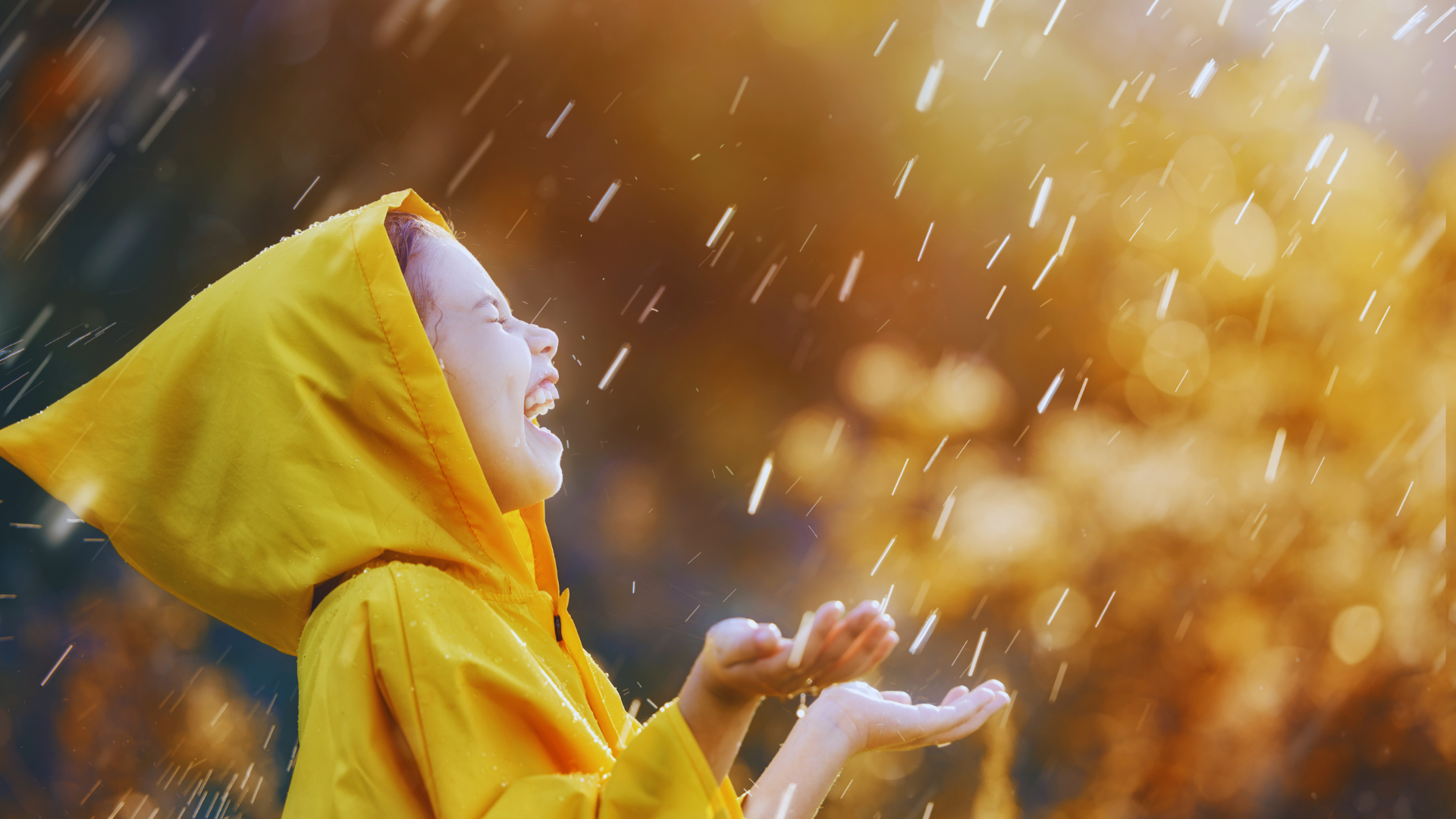Photographing in the rain can present unique challenges, but it also offers incredible opportunities for creativity and beautiful imagery. Many photographers shy away from wet weather, fearing ruined equipment or uninspired shots. With the right techniques and preparation, capturing stunning photos in rainy conditions becomes not only possible but rewarding.
To achieve great results while shooting in the rain, photographers should consider using a lens hood, which protects the lens from water droplets, and keep a microfiber cloth handy for quick cleanups. Additionally, utilizing umbrella covers or waterproof casing can safeguard the camera and ensure it remains dry.
Rain can add mood and atmosphere to photographs, enhancing a scene’s beauty. Reflections in puddles and the soft light filtering through clouds can create captivating visuals that might not be available on a sunny day. Photographers can harness these elements to produce striking compositions that tell a story far beyond standard images.
Essential Gear for Rain Photography
Rain photography requires specific equipment to ensure high-quality images while protecting the camera gear. Selecting the right camera and protecting the equipment are critical for successful shoots in wet conditions.
Choosing the Right Camera
For rainy conditions, a camera with weather sealing is ideal. Models like the Canon EOS R5 or Nikon Z6 II offer protection against moisture and dust. These features help maintain functionality in adverse weather.
Additionally, a camera with a high ISO range is beneficial. This capability allows for better performance in low-light settings often found on cloudy or rainy days. DSLRs and mirrorless cameras typically provide varying options to suit multiple needs.
Consider using interchangeable lenses that also feature weather sealing. This ensures that even during abrupt downpours, the gear remains safeguarded.
Protecting Your Equipment
Protection is crucial when shooting in the rain. Using a rain cover designed for cameras is advisable. These covers are typically transparent and allow full access to the camera’s controls.
Lens hoods can also guard against raindrops hitting the lens. They help by reducing lens flare and glare caused by wet conditions.
Keep microfibers handy to wipe away moisture. Regularly checking for water droplets is essential to prevent damage. Also, transporting gear in waterproof bags can keep the equipment safe during unpredictable weather changes.
Lastly, drying out the gear after use is critical. Leaving cameras and lenses to air dry naturally will help maintain their longevity and functionality.
Camera Settings for Rainy Conditions
Photographing in rainy conditions demands careful adjustments to camera settings to capture the best images. Proper exposure and focus techniques are vital for ensuring clarity and detail in challenging weather.
Exposure Compensation
In rainy conditions, lighting can be unpredictable. Using exposure compensation allows a photographer to adjust the brightness of the image for optimal results.
A camera might underexpose images due to darker surroundings. Increased exposure compensation, typically by +0.3 to +1 stop, can help brighten the scene.
Photographers should monitor their histogram to prevent clipping highlights. If using a DSLR, displaying the live histogram allows for quick adjustments.
It’s also beneficial to shoot in manual mode. This provides full control over shutter speed, aperture, and ISO. A typical starting point might be ISO 400, f/5.6, and 1/60s, adjusting as necessary.
Focus Techniques
Achieving sharp focus in the rain can be challenging. Rain can create distractions and reduce contrast, complicating autofocus performance.
Using single-point autofocus can enhance precision. This allows the photographer to select the exact area that needs focusing.
Another critical tactic is adjusting focus settings. Switching to a wider aperture (like f/2.8) can create a faster shutter speed. This helps freeze motion, especially in downpours.
Manual focus may be necessary when autofocus struggles. In low-light situations, manually focusing on a well-lit subject ensures clarity.
Finally, using a lens hood can minimize raindrop interference on the lens. Keeping the equipment as dry as possible is essential for maintaining clarity and focus.
Composition and Framing
Effective composition and framing can transform rain-soaked environments into visually compelling photographs. By focusing on the elements that rain provides, photographers can create striking images that emphasize mood and detail.
Using Rain to Enhance Visual Interest
Rain can add texture and depth to a scene. Photographers should look for opportunities to include raindrops on surfaces like leaves, windows, or pavement. These droplets can create a feeling of intimacy or highlight an object within the frame.
Positioning the camera at different angles will also affect how the rain interacts with light. Side-lighting can create dramatic effects, making droplets sparkle against darker backgrounds. Utilizing foreground elements, such as umbrellas or people, can also enhance the composition by adding context and leading the viewer’s eye into the image.
Capturing Reflections and Splashes
Puddles on the ground offer rich opportunities for reflection photography. When capturing a scene with a puddle, positioning the camera low can amplify the reflection’s impact. This approach can mirror the surrounding environment and create symmetry.
In addition, splashes provide dynamic movement to the composition. Photographers should be ready to capture the moment a raindrop hits a surface, producing vibrant, energetic shots. A fast shutter speed can freeze this action, while a slower speed may blur motion, offering different artistic effects. Using these techniques can lead to captivating images that tell a story.
Post-Processing Tips for Rain Photography
Enhancing rain photography in post-processing can elevate the overall impact. Key adjustments include contrast and saturation, as well as noise reduction techniques to improve visual clarity.
Adjusting Contrast and Saturation
Rain can create a unique atmosphere, but it may lead to images that feel flat. Adjusting contrast helps to bring out the details hidden in shadows and highlights.
- Increase Contrast: Start by slightly increasing contrast to make the image more dynamic. This adjustment adds depth, enhancing textures in wet surfaces.
- Saturation Boost: Rain often saturates colors in a scene. Raise saturation to emphasize these vivid hues. Care should be taken not to oversaturate, which can result in unnatural colors.
- Selective Adjustments: Use adjustment layers selectively on areas with low detail or a dull appearance, ensuring that the most impactful parts of the image retain their richness.
Reducing Noise from Low Light
Photographing in rain often involves lower light conditions, which can introduce noise. Effective noise reduction is essential for maintaining image quality.
- Use Noise Reduction Tools: Most photo editing software includes noise reduction features. Apply these tools judiciously to avoid softening important details.
- Adjust ISO Settings: If utilizing raw files, consider adjusting ISO settings in post-processing to minimize noise further. This can help enhance clarity without sacrificing detail.
- Sharpening: After reducing noise, apply sharpening cautiously. This can help restore some of the image’s lost detail without amplifying visible noise.
These methods ensure rain photography captures the desired emotional and visual impact while retaining clarity and detail.

